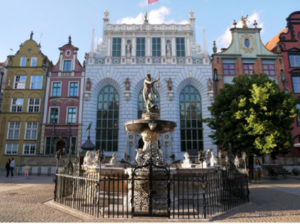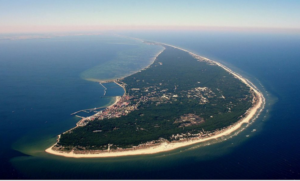Population: 600,000
Distance from Katowice: 510 km
- The best way from Katowice-Gdansk is by train or plane. By train will take around 5hours, costing around 150pln (https://www.intercity.pl/en/) . By plane will take 45min-1h and will cost around 100pln (check Skyscanner for the prices).
How to get there:
- By air: Gdansk has a big airport with flights from major European cities.
- By train: Big train station so trains from different locations are also arriving.
- By Bus/ car: Highways in Poland are good, so either driving or by bus there are fair lot of connections.
What’s so special about the city: Coastal city with lot of historical contexts. Having an active nightlife and many very good restaurants.
How long should the visit be: 2-3 days is well spent.

























